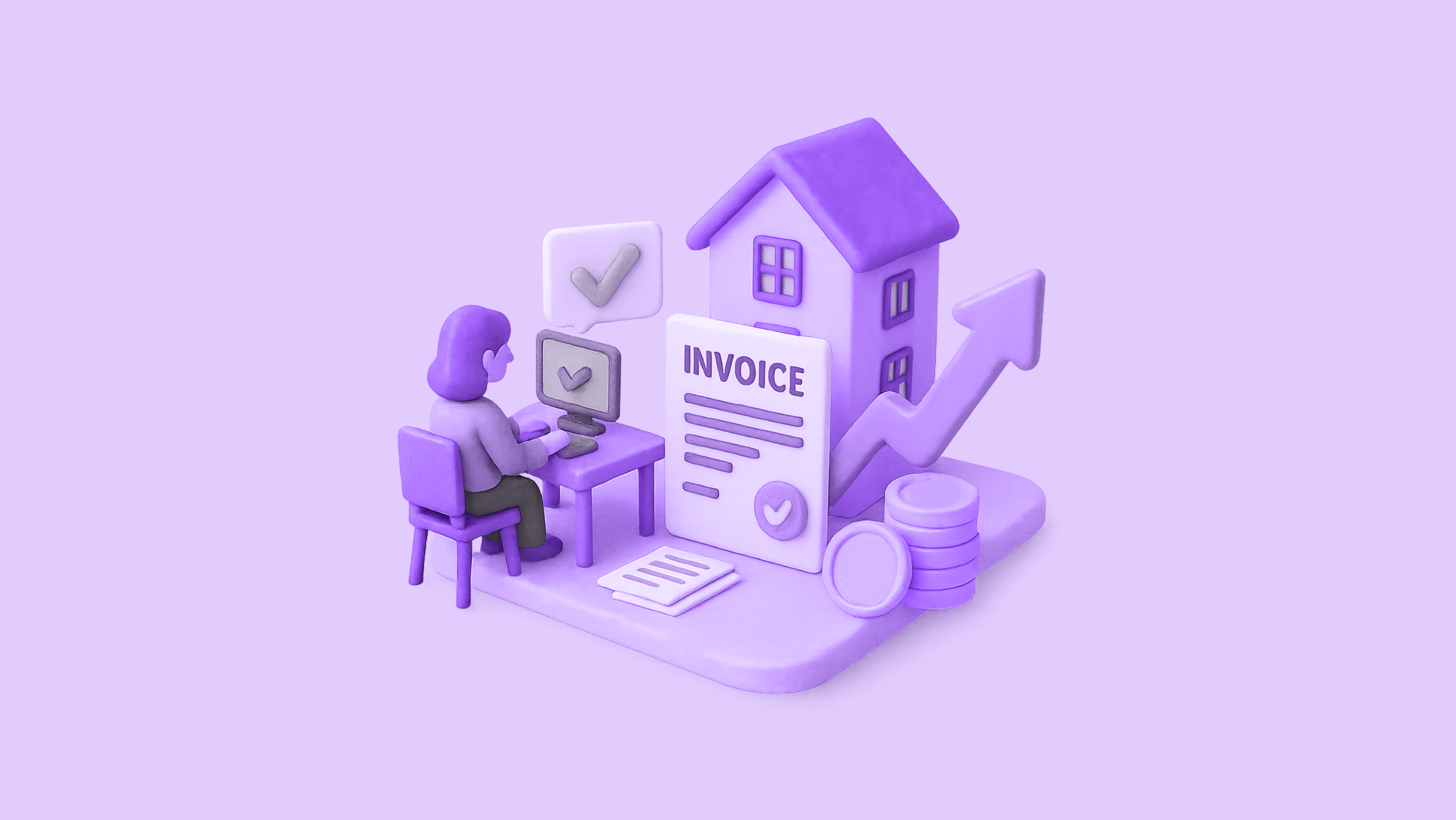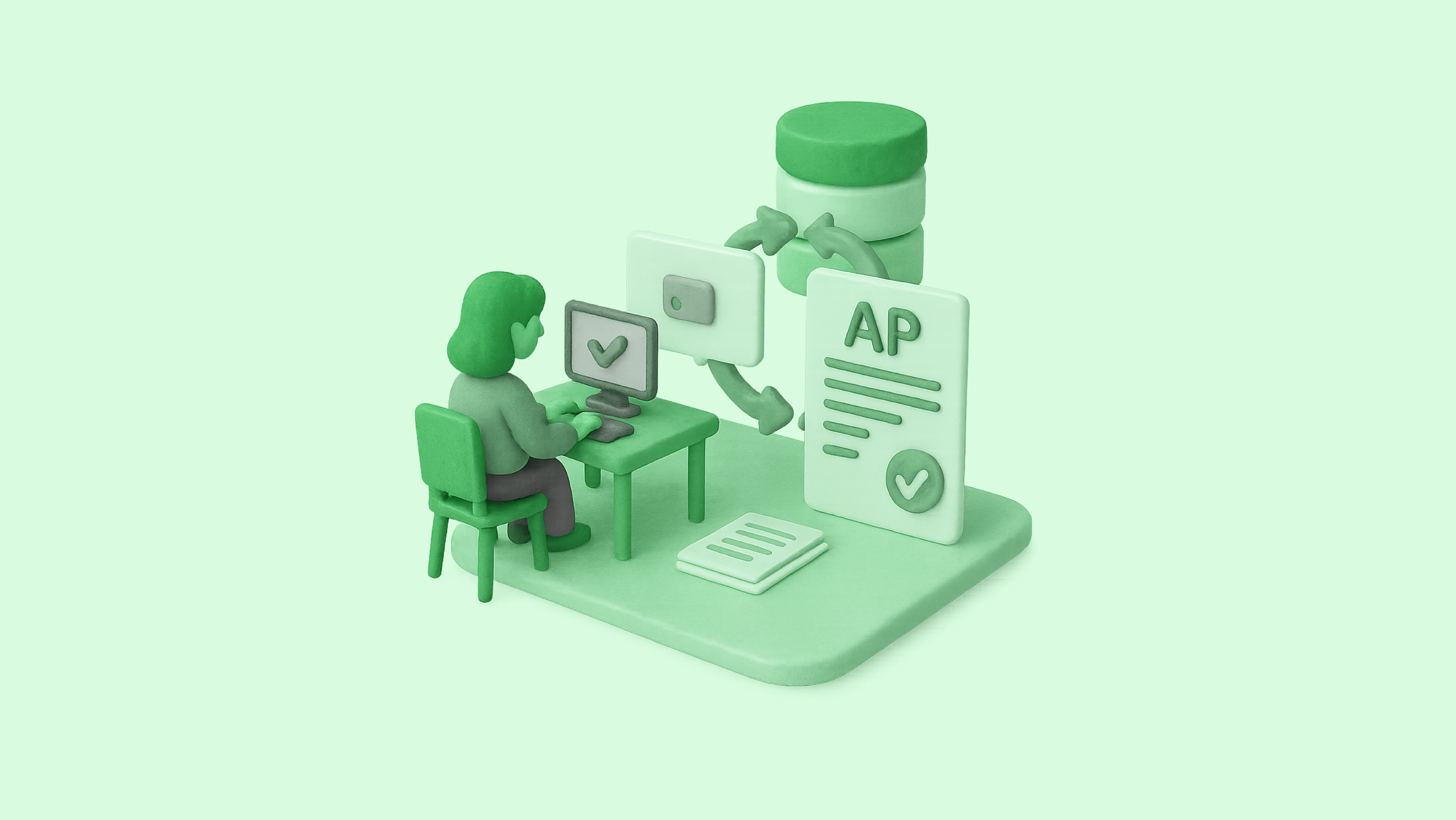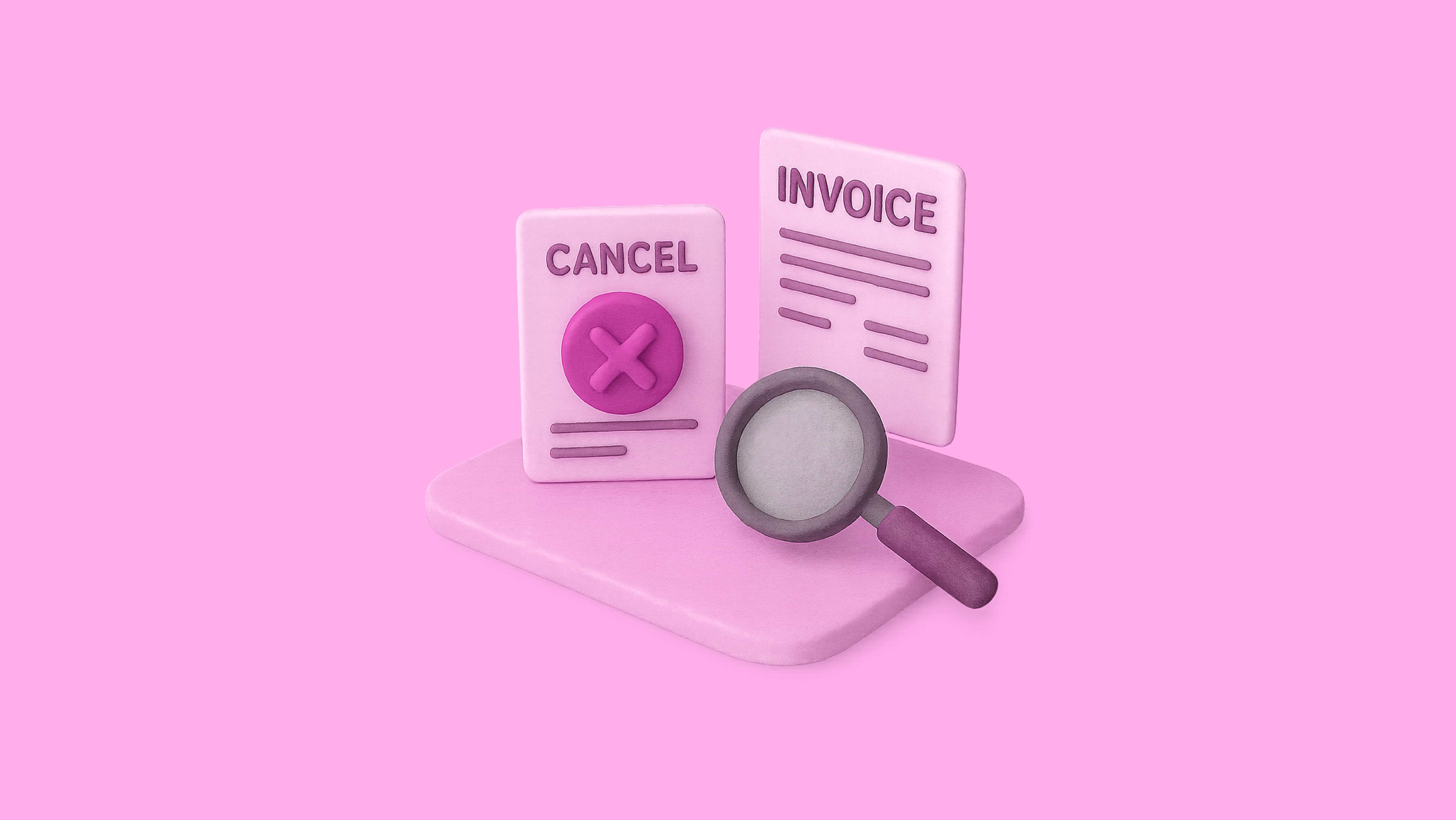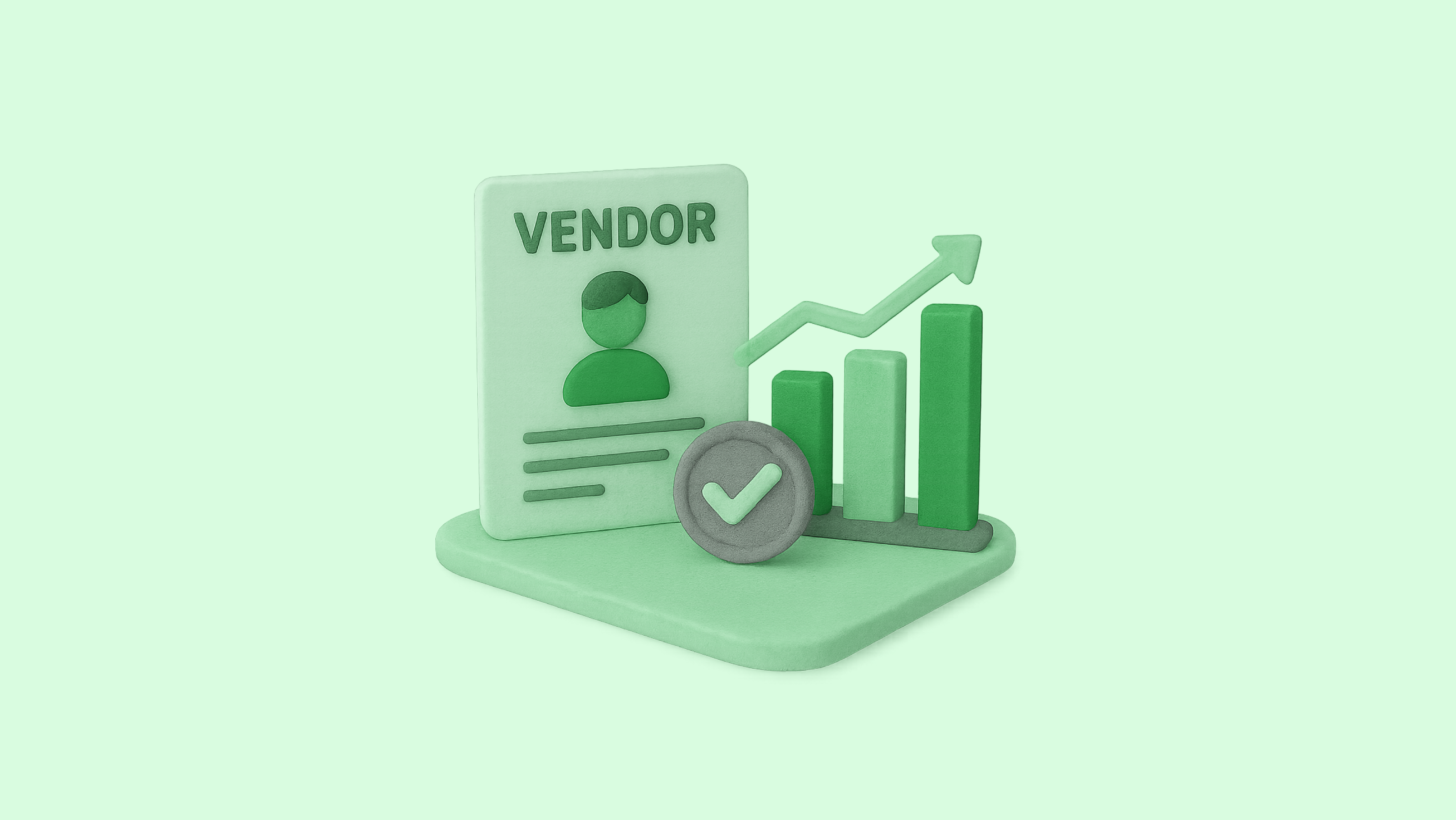Managing accounts payable (AP) is one of the most time-consuming tasks for property management companies. From handling rent-related expenses to coordinating vendor payments for repairs, utilities, and maintenance, finance teams often find themselves buried in invoices and spreadsheets. While these processes are essential to daily operations, they also consume significant time and resources when done manually.
That’s where AP automation comes in. By automating the flow of invoices, approvals, and payments, property management companies can reduce errors, improve visibility, and enhance financial control. But beyond convenience, the real question many companies ask is: what’s the return on investment (ROI)?
Let’s explore how AP automation delivers measurable cost savings, boosts accounts payable efficiency, and drives long-term financial returns for property management businesses.
The Hidden Costs of Manual AP
Property management firms handle payments across multiple buildings, maintenance vendors, and service providers. In a manual setup, every invoice is processed through multiple layers of approvals, often involving physical copies, emails, and manual data entry.
This approach leads to:
- High processing costs: Each invoice can cost anywhere between ₹150–₹400 to process manually, depending on labour and overheads.
- Payment delays: Missed due dates can lead to late fees or strained vendor relationships.
- Data errors: Manual entry mistakes in invoice amounts or GST details can cause compliance issues.
- Limited visibility: Finance teams struggle to get a consolidated view of expenses across different properties.
These inefficiencies don’t just increase operational costs; they also make financial planning harder. By contrast, the cost savings from AP automation start showing almost immediately after implementation.
Understanding ROI in Property Management
When discussing ROI, many assume it’s only about saving money. However, for property management companies, financial ROI in property management software is multi-dimensional. It includes time saved, accuracy improved, and better relationships with vendors and tenants.
ROI here can be understood in two ways:
- Direct returns: Reduced processing costs, fewer errors, and lower administrative expenses.
- Indirect returns: Faster decision-making, improved financial reporting, and increased scalability.
For property managers, every hour saved on administrative work is an hour that can be spent on tenant engagement, maintenance oversight, or portfolio expansion.
How AP Automation Drives Measurable ROI
a. Reduced Processing Costs
AP automation platforms simplify data capture, invoice approval, and payment scheduling. Automated systems can process an invoice at a fraction of the manual cost, typically under ₹100 per invoice. This alone represents a significant cost saving from AP automation, especially for companies managing hundreds or thousands of invoices each month.
b. Faster Vendor Payments
Vendor satisfaction plays a major role in property management. With automated approval workflows, invoices move quickly through verification, ensuring vendors are paid on time. Some automation tools also support early payment discounts, creating additional financial gains.
c. Improved Accuracy
Optical Character Recognition (OCR) and AI-based verification in automation systems reduce manual entry errors. Invoices are automatically matched with purchase orders and receipts, ensuring only verified transactions are approved. This not only prevents duplicate payments but also helps maintain accurate records for audits.
d. Better Visibility and Control
Automation provides real-time dashboards that display pending approvals, payment timelines, and expense summaries across all properties. Finance heads can easily track accounts payable efficiency metrics like average invoice cycle time or cost per invoice. This visibility helps in forecasting cash flows more accurately and planning vendor payments strategically.
e. Scalability with Growth
As a property portfolio expands, transaction volumes rise. With manual systems, this usually means hiring more staff. But automated AP systems scale effortlessly, handling higher volumes without a corresponding rise in costs or workload. This scalability significantly enhances the financial ROI in property management software over time.
Beyond Savings: The Strategic Value of Automation
While the numbers are important, AP automation benefits property managers in several strategic ways too.
1. Stronger Vendor Relationships
Vendors are more likely to offer better rates or priority service to clients who pay on time. Automation ensures payment consistency, which helps build long-term trust and reliability.
2. Better Compliance and Audit Readiness
Every invoice and approval step is digitally recorded, creating an audit trail. This simplifies compliance with tax regulations and reduces the risk of discrepancies during audits.
3. Empowered Finance Teams
Instead of spending hours on manual data entry or follow-ups, finance professionals can focus on analysis, planning, and performance review. This improves productivity and morale within the finance team.
4. Informed Decision-Making
Access to real-time data helps property managers identify expense patterns, spot delays, and negotiate better terms with vendors. Having instant access to reports improves budgeting accuracy and strengthens overall financial control.
Ultimately, the financial ROI in property management software isn’t just about savings, it’s about smarter operations.
Measuring Your Own ROI
Each property management company has unique workflows, but a few common accounts payable efficiency metrics can help measure the effectiveness of automation:
- Invoice cycle time: The time it takes from receiving an invoice to making payment.
- Cost per invoice: Total AP costs divided by the number of invoices processed.
- Error rate: Frequency of duplicate or incorrect entries.
- On-time payment percentage: The share of invoices paid within the agreed terms.
- Early payment discounts captured: Additional savings achieved through timely payments.
To start, property managers can compare these metrics before and after automation. Even a pilot run across a few properties can demonstrate tangible improvements. Tracking these results helps build a strong internal case for scaling automation across all units.
Conclusion
For property management companies, the move from manual AP to automation isn’t just a digital upgrade; it’s a strategic decision that directly impacts profitability. The cost savings from AP automation are clear, but the long-term gains go beyond that. Automation delivers transparency, accuracy, and control—three pillars that strengthen financial management.
By adopting systems that streamline invoice processing and enhance visibility, property managers can turn their AP function from a cost centre into a value driver. And as portfolios grow, financial ROI in property management software only increases, helping companies scale sustainably without adding administrative burden.
In an industry where margins depend on efficiency, AP automation isn’t just about saving time; it’s about transforming how property management companies manage money, vendors, and growth.





